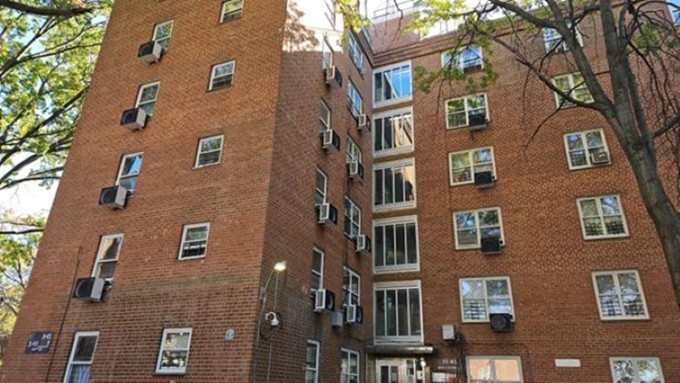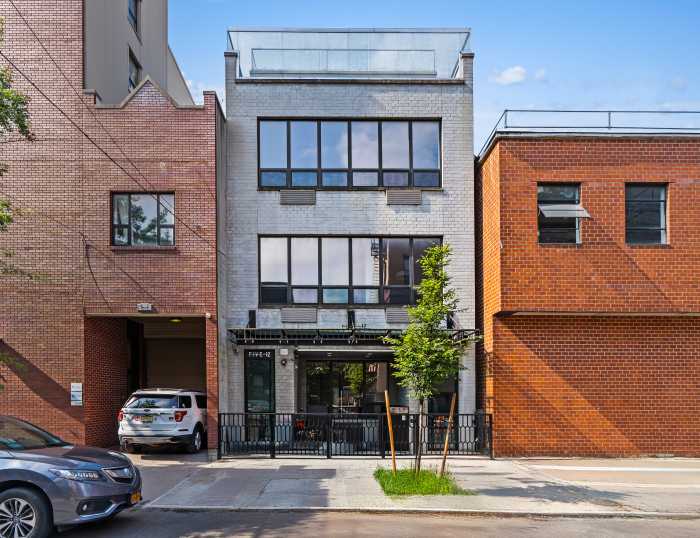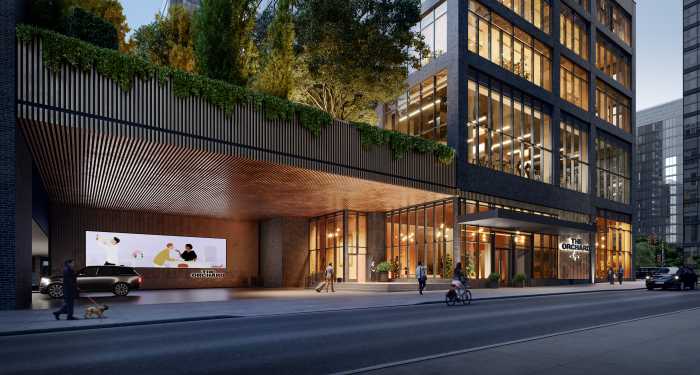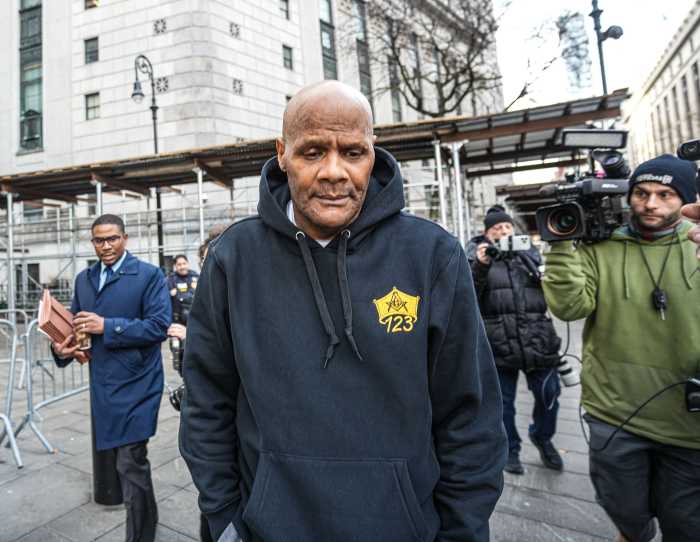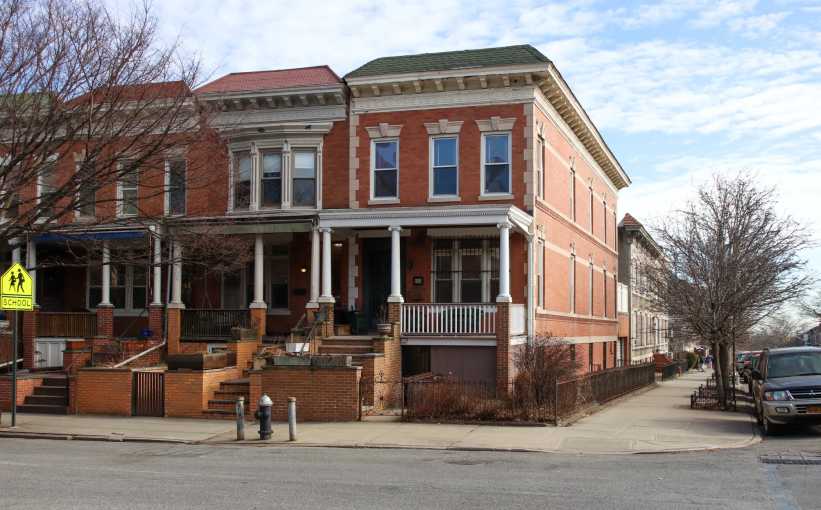City officials, including NYC Parks Commissioner Sue Donoghue and Queens Borough President Donovan Richards Jr., broke ground on the $41 million renovation of the 85-year-old Tide Gate Bridge in Flushing Meadows Corona Park, on Monday, May 28.
The bridge, also known as Porpoise Bridge, spans 36 feet wide and 370 feet long and carries Meridian Road over Flushing Creek, between the Billie Jean King Tennis Center and the World Ice Arena inside the park, linking the key attractions.
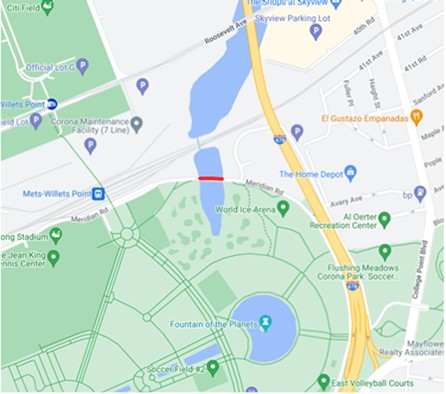
Originally constructed in 1938 in preparation for the 1939 World’s Fair, the bridge has been instrumental in managing the tides of Flushing Creek to prevent flooding in the park. It has been a key component in managing the ecological balance of the area by controlling water flow between Flushing Bay and Meadow Lake.
The NYC Department of Design and Construction (DDC) is spearheading the project, which is expected to conclude by summer 2027.
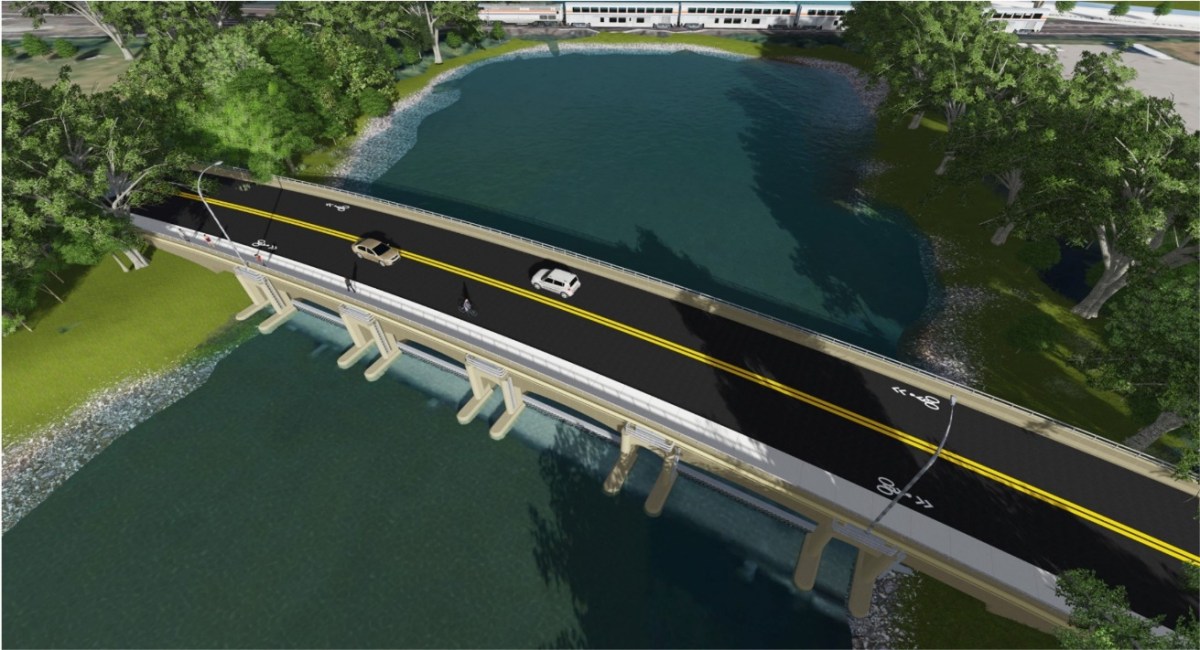
The renovation for the bridge, utilized by both vehicles and pedestrians, includes replacing the bridge’s current deck with one that is about 4.6 feet wider, replacing the current mechanical flood control structures with modern, automated stainless-steel tide and sluice gates and installing a new hydraulic control system. Additionally, the gate system’s control house will be relocated to an elevated platform near the adjacent Long Island Rail Road tracks.
“This renovation is a pivotal investment in our park’s infrastructure, aimed at extending the lifespan of Tide Gate Bridge and enhancing the resilience and sustainability of the surrounding parkland,” said Commissioner Donoghue, expressing enthusiasm about the collaboration between NYC Parks and DDC on this infrastructure project.
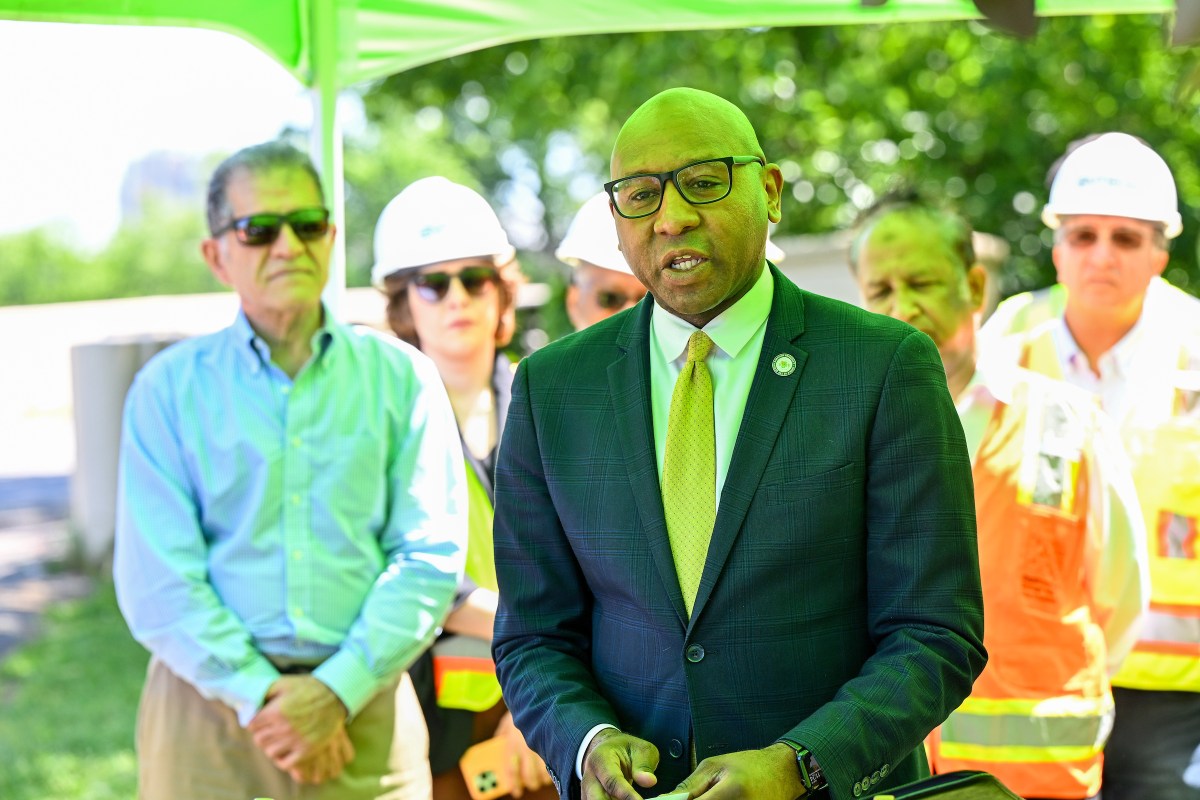
“Porpoise Bridge is not just a bridge; it’s a historical landmark that connects various parts of our park and community,” said Queens Borough President Richards. “The new ADA-compliant ramps and other enhancements will make the bridge more accessible and enjoyable for all park visitors.”
DDC Commissioner Thomas Foley discussed the potential benefits of the project, stating, “Implementing progressive design-build would streamline the construction process, potentially saving time and money, crucial for future climate resiliency projects across the city.”
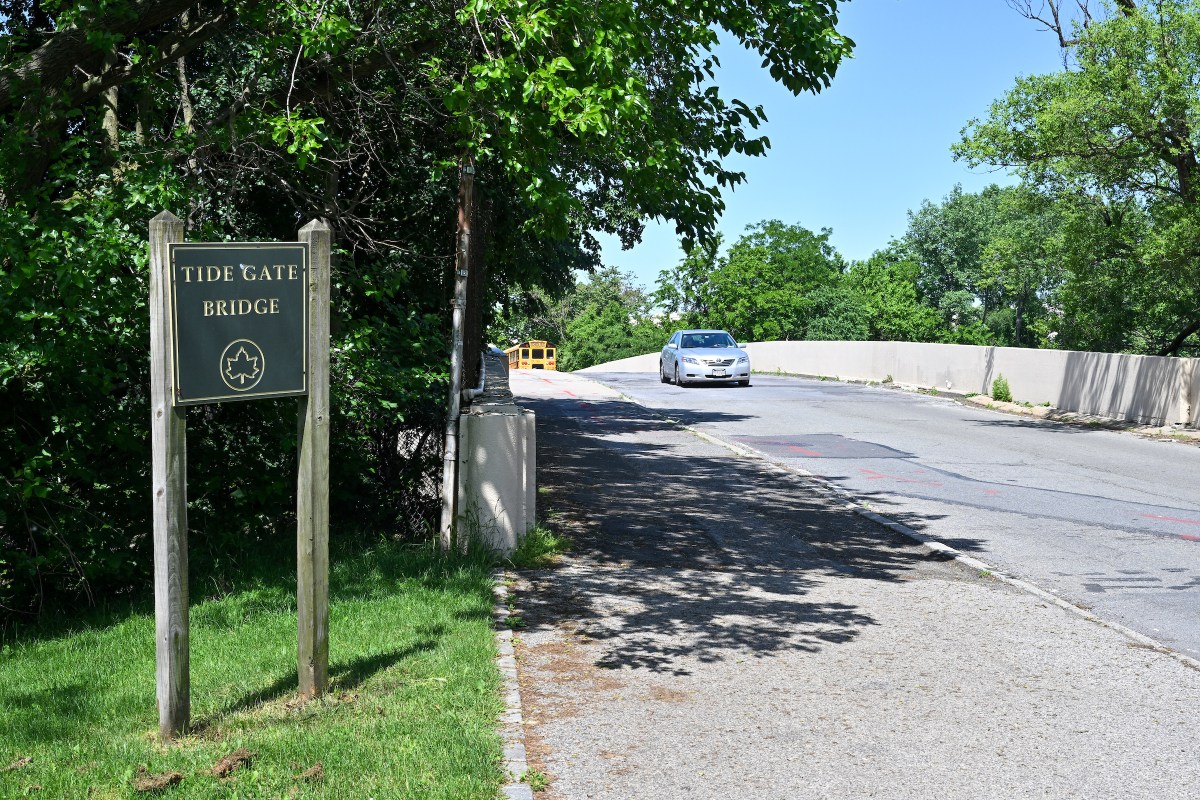
The project also plans to improve the environmental landscape around the bridge. It will add wetlands at the northwest abutments of the bridge along the shoreline of the creek, which will be planted with native species such as smooth cordgrass, switchgrass and New England aster.
This extensive renovation is part of Mayor Adams’ vision for a more sustainable, resilient and equitable city, demonstrating NYC’s commitment to enhancing its public spaces and infrastructure. The DDC continues to work closely with other city agencies, architects and consultants to bring efficient, innovative and environmentally conscious design and construction strategies to city projects.
With the bridge’s renovation, city officials aim to improve not only its structural and ecological functions but also its role as a gateway to one of Queens’ most cherished green spaces.


